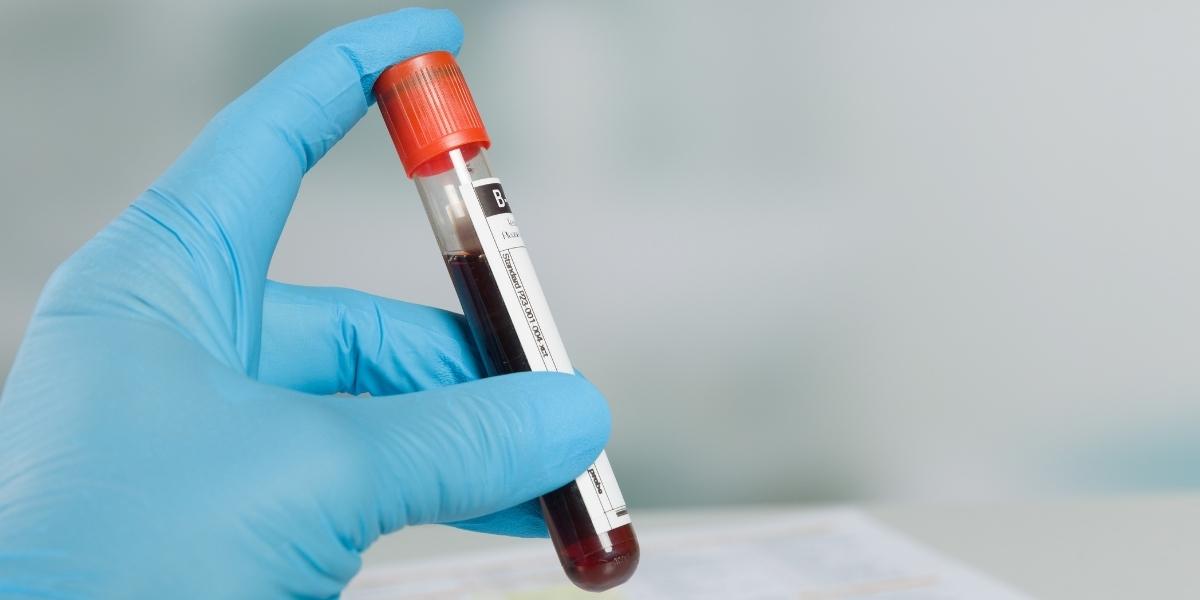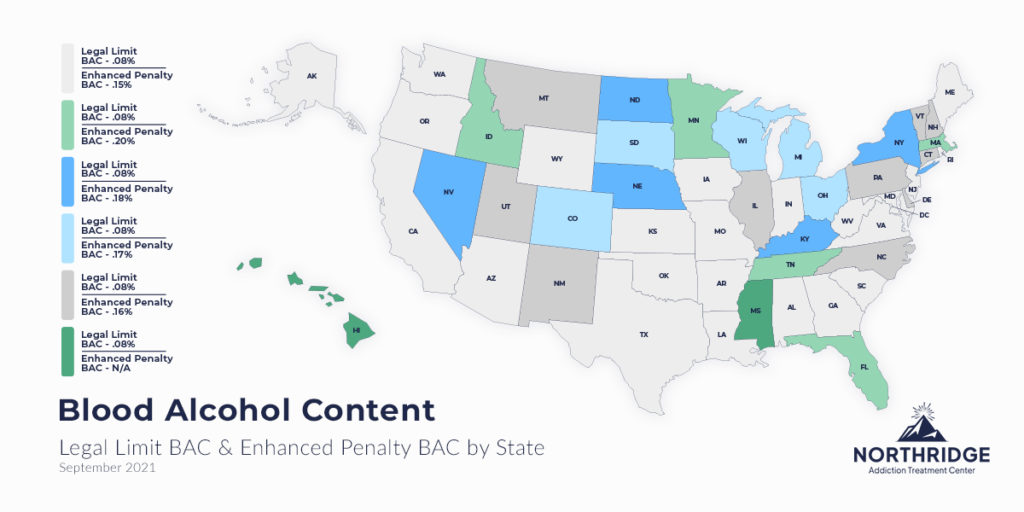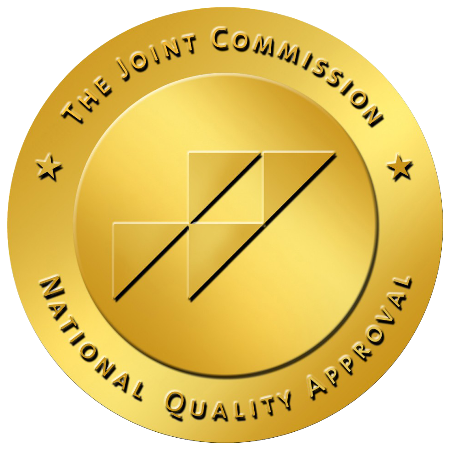Blood Alcohol Content (BAC)

The amount of alcohol in the bloodstream after drinking is called blood alcohol content (BAC), also sometimes referred to as blood alcohol concentration (BAC).
Your blood alcohol levels determine how drunk you are, not how many drinks you’ve had. In the United States, drivers 21 and over are considered legally intoxicated at a .08 BAC.
A standard drink is 12 oz of beer, a 5 oz glass of wine, or 1.5 oz of liquor.
Just one of these standard drinks will give an average-sized adult a BAC of .02% to .03%. Thus, it takes only three to four standard drinks to reach a blood alcohol level of .08%, sometimes less.
Many bars and restaurants have “heavy pours” over the standard amount, so one or two drinks that you may think are standard could give you a higher BAC than .08.
Law enforcement will use a blood sample to determine if you have been driving under the influence and use the results as evidence if you are charged with a crime like drunk driving.
What Is BAC?
Blood alcohol content or blood alcohol concentration, both abbreviated as BAC, is the percentage of alcohol in your bloodstream when you’ve been drinking.
Other terms used to refer to the alcohol level in your system are blood ethanol concentration or blood alcohol level.
Blood Alcohol Concentration Definition
The definition of blood alcohol concentration (BAC) is the measurement of the percent of alcohol in the blood to determine the level of intoxication for legal and medical purposes.
Different levels of BAC lead to varying feelings of intoxication and additional risks.
Blood Alcohol Content Depends on Each of the Following
The six factors that affect blood alcohol content include:
- Weight. Body fat does not absorb alcohol; water in the body does. Body fat contains very little water, so heavier people might have a higher BAC than slimmer people because they do not eliminate alcohol from their system as quickly.
- Biological sex. Women have higher body fat than men and lower blood volume. A man and woman can drink the same amount but have a different BAC.
- Type of alcohol consumed. Beer, wine, and liquor all have different alcohol content. Furthermore, carbonated drinks like champagne or liquor mixed with soda are absorbed into the bloodstream faster.
- How fast you are drinking. It can take between 30 to 90 minutes to feel the full effect of one drink. People who engage in binge drinking or have multiple drinks or shots in a short period will have a higher BAC than those who have the same amount over a more extended period.
- Your food intake before you start drinking. Food helps slow alcohol digestion in the body. People who drink on an empty stomach will reach a higher BAC than someone who has a full stomach before drinking.
- Medications or drugs. Alcohol interacts with various prescription and illicit drugs, sometimes causing a higher BAC than someone with only alcohol in their system. You should always seek medical advice if you plan on mixing alcohol and medications.
There are a lot of myths and misconceptions about what affects your blood alcohol content. Although, once your body has started metabolizing the alcohol, you can do nothing to get it out of your system faster or change your BAC.
Drinking a lot of water, eating a ton of food to absorb the alcohol, physical fitness, drinking energy drinks or caffeine to wake up, and tolerance doesn’t influence BAC after you’ve been drinking because the alcohol is already in your bloodstream.

How Is Blood Alcohol Content Measured?
Your blood alcohol content is measured by how many grams of alcohol are present for every 100 milliliters of blood (100 ml).
For example, if a blood test shows you have a blood alcohol concentration of .08, that means 8% of your blood is alcohol.
For instance, what does a blood alcohol level of .250 mean? It means your blood alcohol concentration is 25%, meaning 25% of your blood is alcohol. This is drunk enough to the point of losing consciousness and control of your bodily functions.
BAC Blood Test vs. Breathalyzer
Blood alcohol tests are the most accurate for measuring the amount of alcohol in the body.
Breath alcohol tests or breathalyzers are less accurate than blood tests but are used by police officers because they are easier to administer on the spot.
Breathalyzers detect the amount of alcohol in a person’s breath. They measure the weight of alcohol present in grams to the volume of breath when you exhale.
Ideally, breathalyzer results will be the same as a blood test, but several things can lead to false readings, including health conditions and faulty machines.
Scientists chose 210 liters of breath as the standard measurement so that breathalyzer results would mathematically be the same as blood test results.
For instance, a breathalyzer result of .10 means there is .10 grams of alcohol present in your body.
How to Lower My Blood Alcohol Content
The only way to lower your blood alcohol content is time. Nothing can stop the metabolization process once your BAC reaches a certain level.
Drinking water or eating food might help offset the symptoms of being drunk, like nausea and headaches. Still, your BAC will continue to rise or remain the same until the body eliminates the alcohol.
It’s a myth that caffeine, energy drinks, or uppers will lower blood alcohol concentration— they mask the effects of alcohol and can lead to dangerous interactions.
Even when a person falls asleep or loses consciousness, their BAC can continue to rise, leading to alcohol poisoning or other risks.

Blood Alcohol Content Legal Limit
Currently, the legal limit of blood alcohol content in all 50 states is .08%.
For commercial drivers in America, the BAC legal limit is .04%.
Previous to 2000, there was no national standard for BAC until Congress passed a law standardizing it. Studies by the National Highway Traffic Safety Administration (NHTSA) have shown that drunk driving fatalities have decreased an average of 10.4%, or 1,736 people, per year since the law went into effect.
The National Transportation Safety Board (NTSB) is currently pushing to lower the national legal limit to .05%.
The legal limit doesn’t mean you will be arrested when your BAC reaches that point. Instead, it means that legally you are too intoxicated to operate a vehicle safely and can face criminal charges for doing so.
It is important to note that a vehicle does not always mean a car or motorcycle. Some states apply BAC legal intoxication limits to bicycles, boats, scooters, or other means of transportation.
Blood Alcohol Content Legal Limit by State
In the United States, each state has a blood alcohol content legal limit for driving; if you are at or over the limit, you can face legal charges. Being over a specific BAC can lead to mandatory legal charges called enhanced penalties.
The following image demonstrates the BAC legal limit and the enhanced penalty by state:

When Is It Safe to Drive After Drinking?
Generally, it is safe to drive after only one standard drink, but you must understand what a standard drink is.
Your liver can process about one standard drink per hour. Thus if you understand what constitutes a standard drink and how long you have been drinking, you should be safe to drive if you’ve only had one.
The National Institute on Alcohol Abuse and Alcoholism (NIAAA) considers a standard drink to be:
- 12 oz of regular beer of about 5% alcohol content
- 8 to 9oz of malt liquor of about 7% alcohol content
- 5 oz glass of wine of about 12% alcohol content
- 1.5 oz of liquor or spirits of about 40% alcohol content
Blood Alcohol Content Calculator
There is no reliable blood alcohol content calculator available to regular people, only tools that help you estimate your BAC.
Some websites and apps have calculators or blood alcohol level charts to help you approximate your blood alcohol content levels, but those are for estimation purposes only.
Experts believe that the best way to calculate and track BAC accurately is to educate people about the signs of intoxication and its factors.
BAC Levels
Understanding how the body processes alcohol consumption and the signs of intoxication can help you self-assess your level of intoxication and blood alcohol concentration.
Alcohol affects everyone differently, but the following is a general outline of BAC and its accompanying effects:
- .02-.04%: Lightheaded, giddy, less shy
- .05-.07%: Slight euphoria, relaxed emotions, increased heart rate, minor loss of memory and reasoning, short attention span
- .06-.09%: Loss of balance, slowed vision, loss of coordination, delayed reaction times, reduced self-control, legally intoxicated
- .10-.15%: Feelings of depression or anger, significantly impaired motor and speech skills, blurred vision, nausea, drowsiness
- .16-.19%: Confusion, dizziness, disorientation, difficulty staying awake
- .20-.24%: Blackout is highly likely, loss of motor coordination, increased potential for nausea and vomiting, difficulty walking
- .25-.39%: Passing out, extreme confusion, loss of bladder and bowel control, alcohol poisoning
- .4% and up: Alcohol overdose, possible coma, respiratory arrest, amnesia, death

What Blood Alcohol Level Is Lethal?
A .40% blood alcohol level is considered lethal. However, most people will start to lose consciousness when they reach .15%, and there are a lot of risks besides death that come with excessive drinking and a high BAC.
Heavy drinking and binge drinking are not the same as being an alcoholic, but they can be warning signs of a developing alcohol use disorder.
Alcohol Abuse Help
If you or a loved one battles with alcohol abuse, Northridge Addiction Treatment Center can help you navigate your unique path to meaningful recovery that lasts.
Abruptly quitting drinking can result in alcohol withdrawal syndrome, which can be dangerous and, in some cases, fatal. Our residential treatment facility offers onsite medical detox with 24-hour medical care to keep you safe and comfortable.
We work with you to map out a personalized treatment plan for your path to recovery, using a variety of effective treatment plans. Our goal is to address the addiction and underlying causes while giving you the tools to maintain lasting recovery long after leaving our program.
Reach out to speak to our admissions specialists about any questions or concerns you have about getting help today.
Find Meaningful Recovery
Our caring and compassionate specialists are eager to help you comfortably navigate this journey to recovery. Our individualized treatment plan, programs, and therapies may be a perfect match for you or your loved one. Let us assist you in living the happy life you deserve. It starts with a phone call.




